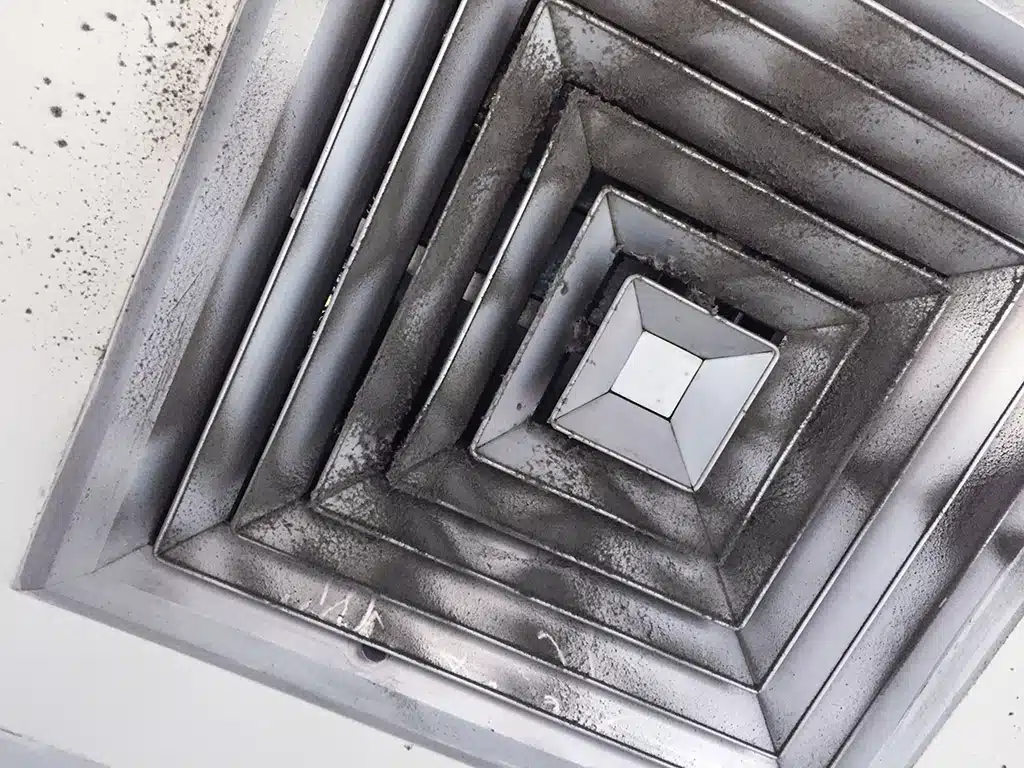
Air ducts are a fundamental component of modern heating, ventilation, and air conditioning (HVAC) systems. They function as the pathways that deliver heated or cooled air from the HVAC system throughout a building, ensuring a comfortable indoor climate. Despite being hidden behind walls or ceilings, air ducts play a critical role in maintaining indoor air quality and energy efficiency. In this guide, we will dive deep into what air ducts are, their types, materials, installation, maintenance, and why they are essential for residential and commercial spaces alike.
Understanding Air Ducts
Air ducts are channels that facilitate the movement of air to and from your HVAC system. They consist of a network of tubes and pathways that distribute air to various rooms or zones within a building, enabling efficient heating and cooling.
In a typical HVAC system, the air ducts are connected to the air handler, which is responsible for distributing the air. The air is either heated or cooled, depending on the desired temperature, and then pushed through the ducts. The air ducts then release this conditioned air into the rooms through vents or registers, while return ducts channel the air back to the system to be re-conditioned.
Types of Air Ducts
Air ducts come in various types, each with specific characteristics suited for different environments and requirements. Understanding the various types of air ducts can help you choose the best option for your HVAC needs.
1. Sheet Metal Ducts
- Description: Sheet metal ducts are made from galvanized steel or aluminum, making them highly durable and long-lasting. They are often circular or rectangular.
- Pros: Resistant to mold and microbial growth due to their non-porous surface.
- Cons: Can be more expensive than other duct types, and they can become noisy if not properly insulated.
2. Flexible Ducts
- Description: These ducts are made from a steel wire coil covered with a flexible, durable plastic and insulation. They are ideal for tricky or tight spaces where rigid ducts cannot be installed.
- Pros: Cost-effective, easy to install, and highly adaptable to various spaces.
- Cons: Susceptible to kinks and bends that can hinder airflow and efficiency, making them less durable over time.
3. Fiberglass Lined Ducts
- Description: Sheet metal ducts lined with fiberglass insulation to reduce noise and improve thermal efficiency. Commonly used in commercial buildings.
- Pros: Excellent for soundproofing and maintaining air temperature.
- Cons: Fiberglass can degrade over time, releasing particles into the air and posing health risks if not properly maintained.
4. Fiberboard Ducts
- Description: Made from compressed resin-bonded inorganic glass fibers, these ducts are typically coated with a foil to prevent moisture absorption.
- Pros: Affordable, and good for insulating and soundproofing.
- Cons: Prone to mold growth if exposed to moisture and generally not as durable as metal ducts.
5. Duct Board
- Description: Similar to fiberboard, duct board is made of compressed fiberglass and is often used for soundproofing in residential applications.
- Pros: Excellent sound absorption and good insulation properties.
- Cons: Susceptible to mold and dust accumulation if not maintained properly.
Materials Used in Air Ducts
The choice of duct material is crucial for ensuring durability, energy efficiency, and indoor air quality. Here are the most common materials used in air ducts:
- Galvanized Steel: Highly durable and resistant to rust, making it ideal for long-term use.
- Aluminum: Lighter than steel, with excellent corrosion resistance, suitable for coastal areas.
- Fiberglass: Used as insulation or as the main duct material, ideal for noise control but requires careful maintenance.
- Polyurethane or Phenolic Insulation Panels: Lightweight and efficient for insulating air ducts, used mostly in flexible duct applications.
The Role of Air Ducts in Indoor Air Quality
Air ducts play a significant role in determining indoor air quality. Over time, ducts can accumulate dust, allergens, mold, and other contaminants that can circulate throughout the building, affecting the health of occupants. Here are some ways air ducts influence indoor air quality:
- Dust and Debris: If ducts are not sealed properly, dust and debris can enter, leading to poor air quality. Regular cleaning helps minimize this risk.
- Moisture and Mold: Ducts that are exposed to moisture can develop mold, which can circulate spores and lead to respiratory issues.
- Allergens: Pollutants like pollen and pet dander can accumulate in ducts, particularly if not equipped with proper filters.
Tips for Maintaining Good Indoor Air Quality
- Regular Duct Cleaning: Professionals recommend cleaning your ducts every three to five years, or more frequently if you have pets or respiratory issues.
- Filter Replacement: Change air filters regularly, typically every three months, to prevent the buildup of dust and allergens.
- Seal Leaks: Ensure ducts are properly sealed to prevent contaminants from entering the system and to improve energy efficiency.
Energy Efficiency and Air Ducts
Leaky or poorly insulated ducts can cause significant energy loss, as conditioned air escapes before it reaches its intended destination. To maximize energy efficiency, consider these best practices:
- Duct Insulation: Insulated ducts retain the temperature of conditioned air better, which reduces energy consumption.
- Sealing Leaks: Duct leaks can reduce efficiency by up to 30%. Properly sealing leaks ensures air reaches its intended destination without wastage.
- Routine Inspection and Maintenance: Have an HVAC professional inspect your ductwork regularly to catch and repair leaks, damaged insulation, or any other issues that may compromise efficiency.
Common Problems with Air Ducts
Air ducts, like any other component of the HVAC system, can face various issues that require attention. Understanding these problems can help you troubleshoot and maintain a healthy HVAC system.
1. Leaks
- Description: Leaks in the ductwork can result from poor installation or degradation over time. Leaks reduce system efficiency and can lead to increased energy bills.
- Solution: Regular inspection and sealing leaks with mastic or metal-backed tape can mitigate this issue.
2. Blockages
- Description: Dust, debris, and even pests can create blockages that restrict airflow. This issue is often accompanied by reduced air quality and uneven heating or cooling.
- Solution: Routine cleaning helps prevent blockages and keeps air flowing efficiently.
3. Insufficient Insulation
- Description: Poor insulation can lead to heat loss, causing the system to work harder and increasing energy consumption.
- Solution: Proper insulation with materials like fiberglass or foam board helps maintain air temperature and improve efficiency.
4. Noise
- Description: Unusual noises, such as rattling or whistling, may indicate loose components, poor insulation, or airflow issues.
- Solution: Tighten loose parts, insulate ducts, and consult a professional to address airflow problems.
Air Duct Installation and Maintenance
Proper installation and regular maintenance are essential for ensuring the longevity and efficiency of air ducts. Here are some key considerations for both:
Installation
- Professional Installation: Hire a licensed HVAC professional to ensure ducts are correctly installed, sealed, and insulated.
- Proper Sizing: Ensure the ducts are properly sized for your HVAC system to avoid airflow issues and improve efficiency.
- Strategic Placement: Ducts should be placed to maximize airflow and minimize exposure to heat sources or moisture.
Maintenance
- Visual Inspection: Check for visible signs of wear, leaks, or damage at least once a year.
- Air Filter Changes: Replace air filters regularly to keep ducts clean and prevent blockages.
- Duct Cleaning: Schedule professional cleaning every few years to remove contaminants and maintain indoor air quality.
Conclusion
Air ducts are essential for distributing conditioned air throughout a building, influencing both comfort and energy efficiency. By understanding the different types, materials, and maintenance practices for air ducts, you can ensure they operate efficiently and contribute to a healthy indoor environment. Regular maintenance and professional installation are key to extending the lifespan of your air ducts, reducing energy costs, and improving the overall indoor air quality.
Investing in quality ductwork and consistent upkeep can ultimately save money, enhance comfort, and contribute to a healthier living or working space. By following these best practices, you can make sure your air ducts are well-maintained and functional for years to come.
